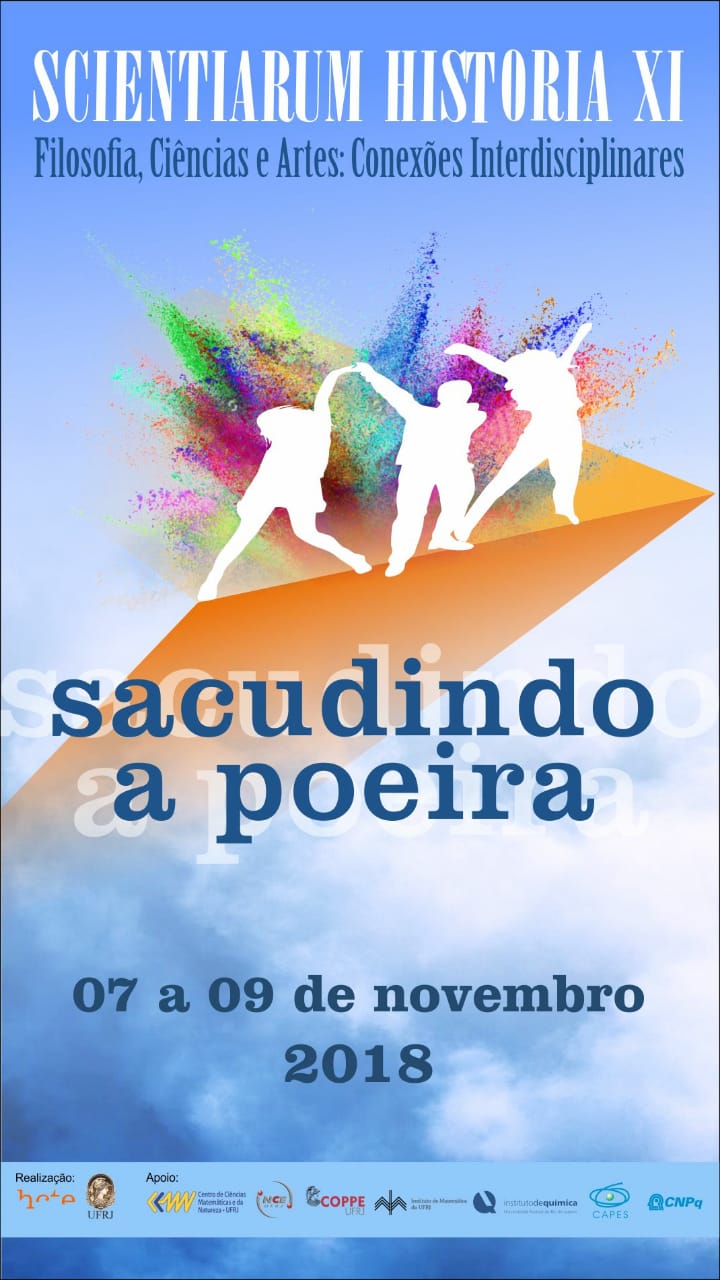Using Smart Icons to Establish Learning Strategies
Abstract
The description of this article refers to the importance of creating the option to display smart icons of our digital files, both as an organizer medium and as a centralizer of information to facilitate the learning process. The perception of the need to save information comes from the prehistory with cave paintings on the caves’ walls and currently the only difference is contained in binary numbers masked by computational language on virtual walls. Inferring to the need to obtain technologies that aggregate intelligence within human aspects such that the aid goes beyond digital repositories.
Downloads
References
MARQUES, C. V. M. EICA - Estruturas Internas Cognitivas Aprendentes: um Modelo Neuro-Computacional instanciando o sistema pessoa em espaços dimensionais. 2017. 174p. Tese (Doutorado em Engenharia de Sistemas e de Computação) – Universidade Federal do Rio de Janeiro, Rio de Janeiro, 2017.
MENESES, F. G. A. and LAGE, M. Segmentação de imagens de arte rupestre utilizando o sistema de coordenadas estelares. In: XXVII CONFERENCE ON GRAPHICS, PATTERNS AND IMAGES (SIBGRAPI 2014). Rio de Janeiro - RJ: agosto de 2014.
RODRIGUES, P. R. A. Motivo Rupestre como indicativo cronológico: Análise morfológica, contextual e intercultural. 2014. 115f. Dissertação (Mestrado em Arqueologia) – Universidade Federal do Piauí, Teresina, 2014.
SEMANTIC SCHOLAR. P. Allen (co-fund.). Projeto do Instituto Allen para a inteligência artificial (AI2). Disponível em:
SHULTZ, Greg. Get to know File Explorer’s Ribbon toolbar in Windows 10. Disponível em:
STEPHENS-DAVIDOWITZ, S. Todo mundo mente: O que a internet e os dados dizem sobre quem realmente somos. Tradução, Wendy Campos. Rio de Janeiro: Alta Books, 2018.
TORRES, A. A. L. and Campos, V. Evernote como ferramenta de organização de informações em saúde. Revista Eletrônica Gestão & Saúde, v. 5, n. 2, p. 501-13, 2014.
VIANNA, C. T. Classificação das Pesquisas Científicas - Notas para os alunos. Florianópolis, 2013, 2p.
Todos os artigos publicados na Revista Scientiarum Historia recebem a licença Creative Commons - Atribuição 4.0 Internacional (CC BY 4.0).
Todas as publicações subsequentes, completas ou parciais, deverão ser feitas com o reconhecimento, nas citações, da Revista Scientiarum Historia como a editora original do artigo.


